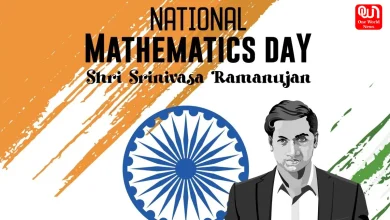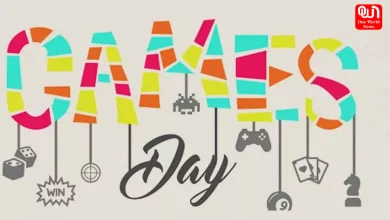Why Are So Many Influencers Quitting YouTube?
The phenomenon of influencers leaving YouTube is multifaceted, with a mixture of algorithmic challenges, monetization struggles, evolving demographics, and the emergence of recent structures contributing to this trend.
The YouTube Exodus: Understanding Why Influencers Are Leaving the Platform”
YouTube, once hailed as the move-to platform for content creators and influencers, is witnessing a stunning trend – a developing wide variety of prominent influencers are bidding farewell to the platform. As those digital trailblazers are seeking new horizons, it increases the question: Why are such a lot of influencers quitting YouTube?
Algorithmic Challenges:
YouTube’s algorithm, designed to recommend content primarily based on user alternatives, has turned out to be a double-edged sword for many creators. While its objectives to beautify users revel in, the set of rules’s unpredictability can lead to decreased visibility for content creators. This has ended in frustration among influencers who find it tough to keep constant engagement.
Monetization Struggles:
Monetization has been a longstanding difficulty for creators on YouTube. The stringent eligibility criteria for the YouTube Partner Program, coupled with fluctuations in advert sales and demonetization of video content, has left many influencers grappling with monetary uncertainty. Creators frequently invest good-sized time and resources into producing content material, and the instability of earnings may be a tremendous factor prompting their departure.
Platform Saturation:
The sheer extent of content material on YouTube has reached spectacular degrees. With hundreds of thousands of motion pictures uploaded each day, creators face fierce opposition for viewership. This saturation makes it harder and harder for brand-spanking new and current influencers to break through the noise and benefit visibility, leading a few to discover alternative systems with a greater area of interest.
Changing Demographics:
YouTube’s user demographics have advanced over the years. As the platform draws a younger target audience, a few influencers find it challenging to hook up with their goal demographic. Creators looking for a more mature or numerous target market might also choose systems that better align with their content and audience possibilities.
Mental Health:
Creating steady, first-rate content demands a giant investment of time and power. Many influencers file experiencing burnout, leading to intellectual health worries. The strain to comply with YouTube’s algorithms and the constant demand for sparkling content material can contribute to stress and tension, prompting creators to discover platforms with less stringent content schedules.
Read More – Lee Sun Kyun: Remembering a Versatile Talent
Emergence of New Platforms:
The digital panorama is dynamic, and new structures are rising as feasible options for YouTube. Creators are drawn to structures like TikTok, Instagram, and even subscription-based total offerings like Patreon, in which they can diversify their content, engage with audiences otherwise, and discover new sales streams.
Policy Changes and Content Restrictions:
YouTube periodically updates its guidelines and community tips. Content creators often discover themselves adapting to those adjustments, which can on occasion result in content removal, moves, or demonetization. Influencers may additionally select to depart the platform if they experience their innovative freedom is compromised or if they face challenges in complying with evolving pointers.
Lack of Direct Creator Support:
While YouTube has carried out support programs and capabilities for creators, some influencers sense a lack of direct help from the platform. Issues associated with demonetisation, content material elimination, or algorithmic changes might not be promptly addressed, causing creators to seek systems in which they sense greater support and value.
The phenomenon of influencers leaving YouTube is multifaceted, with a mixture of algorithmic challenges, monetization struggles, evolving demographics, and the emergence of recent structures contributing to this trend. While YouTube remains a powerhouse inside the virtual realm, content material creators are more and more exploring diverse structures that offer particular possibilities and, in some cases, an extra supportive environment.
As influencers mission into new territories, the virtual landscape continues to evolve, presenting both demanding situations and possibilities for content creators. YouTube, in reaction, may also need to evolve and decorate its writer-centric capabilities to hold and entice top expertise, making sure the platform stays a colourful area for creativity and network-constructing.
Like this post?
Register at One World News to never miss out on videos, celeb interviews, and best reads.








